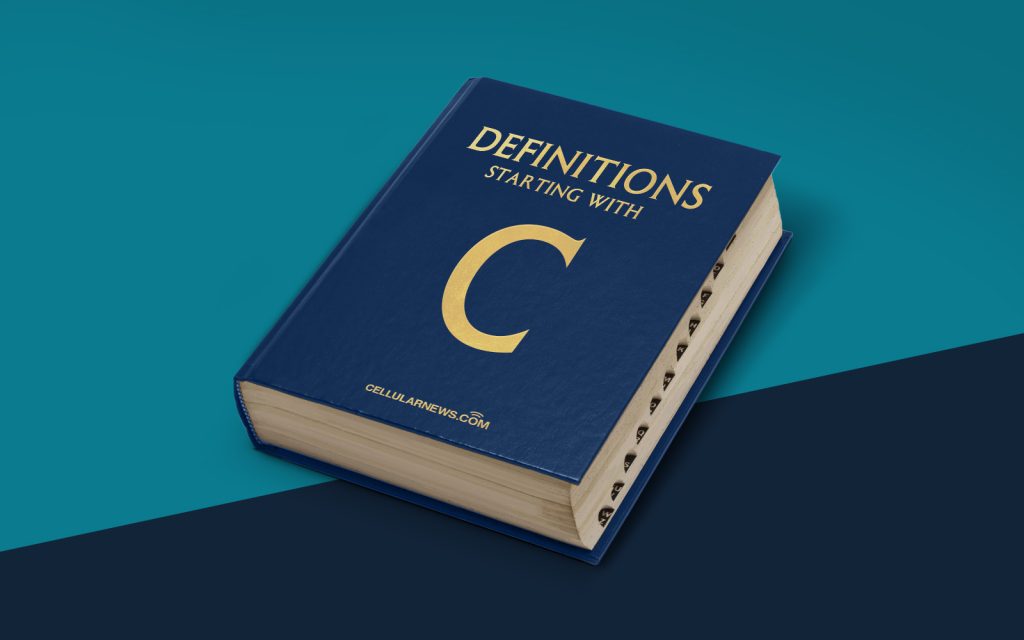
Exploring the Fascinating World of Circuits
Have you ever wondered what powers all the electronic devices around us? From your smartphone to your car, circuits play a crucial role in enabling the flow of electricity and bringing these devices to life. In this article, we will explore the fascinating world of circuits and understand their significance in our daily lives.
Key Takeaways
- A circuit is a closed loop through which electric current flows.
- It consists of various interconnected components that enable the control and movement of electrons.
What is a Circuit?
A circuit, in simple terms, is a closed loop pathway through which electricity can flow. It consists of various components, such as wires, resistors, capacitors, and switches, that are interconnected to form a functional system. By providing a continuous path for electric current, circuits allow the controlled movement of electrons, enabling the functioning of electronic devices.
Understanding the Components in a Circuit
Now that we have a basic understanding of what a circuit is, let’s delve into the different components that make up a typical circuit:
- Power Source: Every circuit needs a power source to provide the electric energy required for it to function. This can be a battery, a generator, or even an electrical outlet.
- Wires: Wires serve as the pathways within a circuit, transmitting electric current from one component to another.
- Resistors: Resistors are components that resist the flow of electric current. They are used to control the amount of electricity flowing through a circuit, protecting other components from excessive current or voltage.
- Capacitors: Capacitors store electrical energy in an electric field. They can release stored energy rapidly when required, making them essential in many electronic devices.
- Switches: Switches are used to control the flow of electric current within a circuit. They can be manually operated or automated, providing a means to turn devices on or off.
The Different Types of Circuits
Circuits come in various types, each with its unique properties and applications. Here are three common types of circuits:
- Series Circuits: In a series circuit, the components are connected end-to-end, forming a single pathway for the electric current. If one component fails in a series circuit, the entire circuit will be interrupted, and all devices in the circuit will stop working.
- Parallel Circuits: In a parallel circuit, multiple pathways exist for the electric current to flow. Each component has its own dedicated path, allowing devices to operate independently. If one component fails, others can continue to function.
- Mixed Circuits: Mixed circuits combine elements of series and parallel circuits. They can be more complex and offer flexibility in building diverse electrical systems.
The Importance of Circuits
Circuits are the backbone of modern technology. Without them, our electronic devices would be non-functional. Here are a few reasons why circuits are so important:
- Circuits enable the flow of electricity, allowing devices to receive power and function.
- They provide a means to control and regulate the amount of electricity flowing through a system, ensuring the safety and longevity of electronic devices.
- By using different types of circuits, we can create complex electronic systems that perform a wide range of tasks, from simple home automation to intricate computer processors.
- Understanding circuits is essential for professionals in various fields, including electrical engineering, electronics, and computer science.
Next time you flip a switch or power up your favorite gadget, take a moment to appreciate the wonders of circuitry that make it all possible. Circuits are the lifeline of our electrified world, driving innovation, and bringing convenience to our lives.
